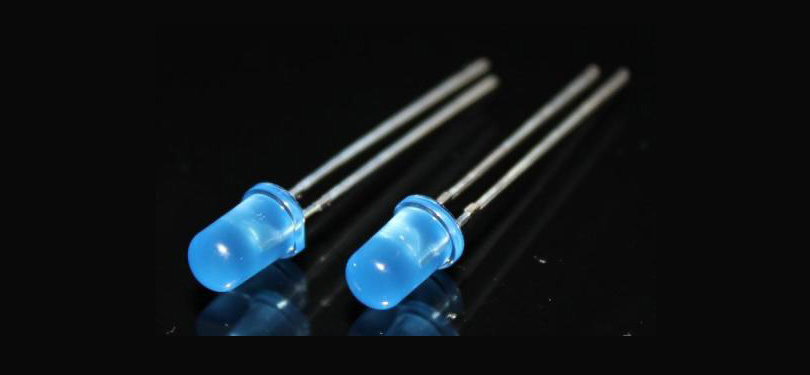

Light emitting diodes are simply referred to as LEDs. It is made of compounds containing Ga, As, P, N, etc. It is a type of semiconductor diode that converts electrical energy into light energy. Light-emitting diodes, like ordinary diodes, consist of a PN junction and also have unidirectional conductivity. This article is mainly for you to introduce the meaning of light-emitting diode electrical parameters? What is the meaning of each?
1. Luminous Intensity IV: The luminous intensity of a light-emitting diode is usually the luminous intensity in the direction of a normal line (for the axis of a cylindrical luminous tube). If the radiation intensity in this direction is (1/683) W/sr, then 1 candela is emitted (symbol is cd). Since the general LED has low intensity of light emission, the luminescence intensity is commonly used as a unit of candela (mcd).
2. Spectral half width Δλ: It represents the spectral purity of the light emitting tube.
3. Half-value angle θ1/2 and viewing angle: θ1/2 refers to the angle between the direction in which the luminous intensity value is half of the axial strength value and the luminous axis (normal direction). Two times the half-value angle is the viewing angle (or half-power angle).
4. Forward operating current If: It refers to the forward current value when the light emitting diode emits light normally. In actual use, IF should be selected to be less than 0.6 IFm.
5. Forward operating voltage VF: The operating voltage given in the parameter table is obtained with a given forward current. Typically measured at IF=20mA. The forward operating voltage VF of the LED is 1.4 to 3V. When the outside temperature increases, VF will drop.
6, V-I characteristics: light-emitting diode voltage and current relationship. When the forward voltage is less than a certain value (called the threshold), the current is extremely small and does not emit light. When the voltage exceeds a certain value, the forward current rapidly increases with the voltage and emits light. From the V-I curve, the forward voltage, reverse current and reverse voltage of the LED can be obtained. Positive light emitting tube reverse leakage current IR "10μA or less.
The important aspects of the optical parameters of the LED are: luminous flux, luminous efficiency, luminous intensity, luminous intensity distribution, and wavelength. That is, the light emitting diode electrical parameters mentioned in this article.




